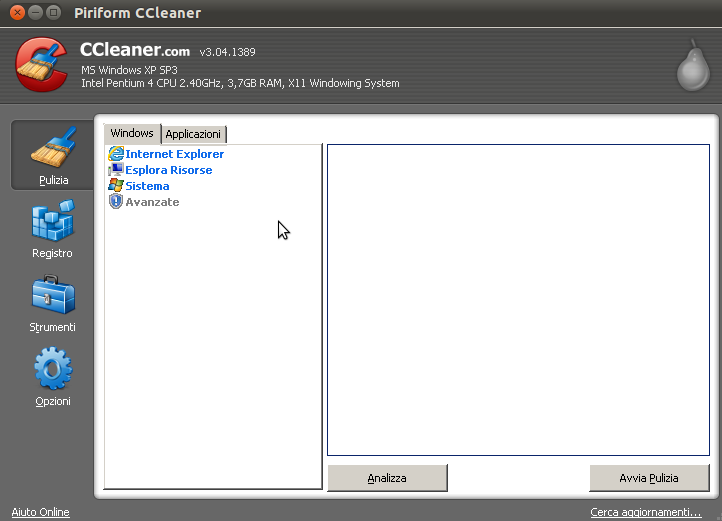Installing Windows Software With Wine (Linux Mint 11) This tutorial is supposed to show you how to install.exe files on your Linux system. How to Use Wine on Linux. Club Disco Music Mp3 S here. Wine is an open-source software application that allows Linux users to run Windows programs. This can be helpful for programmers, who have. Aug 26, 2016 How to Use Wine on Linux. Wine is an open-source software application that allows Linux users to run Windows programs.
Shares 675 As you’re here, I’m going to assume that you’re a Linux user. And every once in a while, you find yourself asking: can I run windows applications on Linux? Answer to that question is yes. Yes, you can run Windows applications in Linux. Here are some of the ways for running Windows programs with Linux: • Installing Windows on a separate HDD partition • Installing Windows as a virtual machine on Linux Both of them works just fine. But they are somewhat resource hungry. Thai Lotto Game more. If you only need to use a small Windows application, installing Windows on a separate HDD partition or as a Virtual Machine is not efficient.


Moreover, Virtual Machine can’t utilize the total power of your machine. So, what is the solution? No worries, there is another way to use Windows software on Linux. If you aren’t yet familiar with it or you are a beginner in the world of Linux, this article is for you. In this beginner’s guide, I’ll show you what is Wine and how to use it to run Windows software on Linux.
I have used Ubuntu here as Ubuntu is one of the, but any other Linux distribution will have more or less same steps (except for the commands in Arch or Fedora based distros). Using Wine to run Windows programs in Linux Wine stands for Wine Is Not an Emulator. And WINE is actually an acronym for that. And as previously stated, it’s not even a virtual machine.
Rather it is a compatibility layer for running Windows applications on UNIX-like or POSIX-compliant operating systems (e.g. Linux, Mac, BSD). While a virtual machine or emulator simulates internal Windows logic, Wine translates those Windows logic to native UNIX/POSIX-complaint logic. In simple and non-technical words, Wine converts internal Windows commands to commands your Linux system can natively understand. Installing Wine There are various ways to install Wine on your system. Airplane Wing Design Program on this page. As this is a beginners’ guide, I’ll describe the most straightforward one here.
Almost all the Linux distros come with Wine in their package repository. Most of the time the latest stable version of Wine is available via package repository. Installing Wine on Ubuntu is as easy as firing up a terminal and running these commands: sudo apt update sudo apt install wine However, if you are using an 64bit installation of Ubuntu, you will need to run these additional commands: sudo dpkg --add-architecture i386 This will add 32bit architecture support on your distro which will benefit you in installing specific software. If you don’t know whether you have a 32bit installation or 64bit, check this article: What Windows applications are Supported by Wine? There is a large number of Windows applications that are currently fully supported by Wine.
They will run without any hassle. However, new Windows applications are being developed every day. Many of them wouldn’t function as we want on Wine.
But the development pace of Wine is also rapid, support for new applications is being added all the time. And there is a dedicated database for keeping track of just that. Has almost 24,000 applications rated with different status depending upon how well that applications run in Wine. If you want to quickly check the rating of the application you want to use in Wine, you can take a look there. Here are the meaning of those ratings: • Platinum: These applications install and run flawlessly in out-of-the-box Wine.
• Gold: These applications work flawlessly with some special configuration. • Silver: Applications with minor issues are tagged as Silver. • Bronze: The Bronze ones have major issues that seriously affect usage. • Garbage: These simply won’t run on Wine. Reviews, Installation Procedure, which Wine version it was tested against and various useful data are also available for each application here. Of course, Wine Application Database is mostly user-generated data, so you are always welcome to try running an application with a different version of Wine and share your result with rest of the community.